Czechoslovak aerodynamics
- FLD
- 31 jul 2017
- 3 Min. de lectura
Actualizado: 23 ago
The aerodynamic silhouette of pre-war Tatra cars is unmistakable. Considered the manufacturer’s masterpiece, the T87 from 1936 overcame the dynamic flaws of its predecessor, the T77. Designed by the engineer Hans Ledwinka, the Tatra was innovative in many respects.
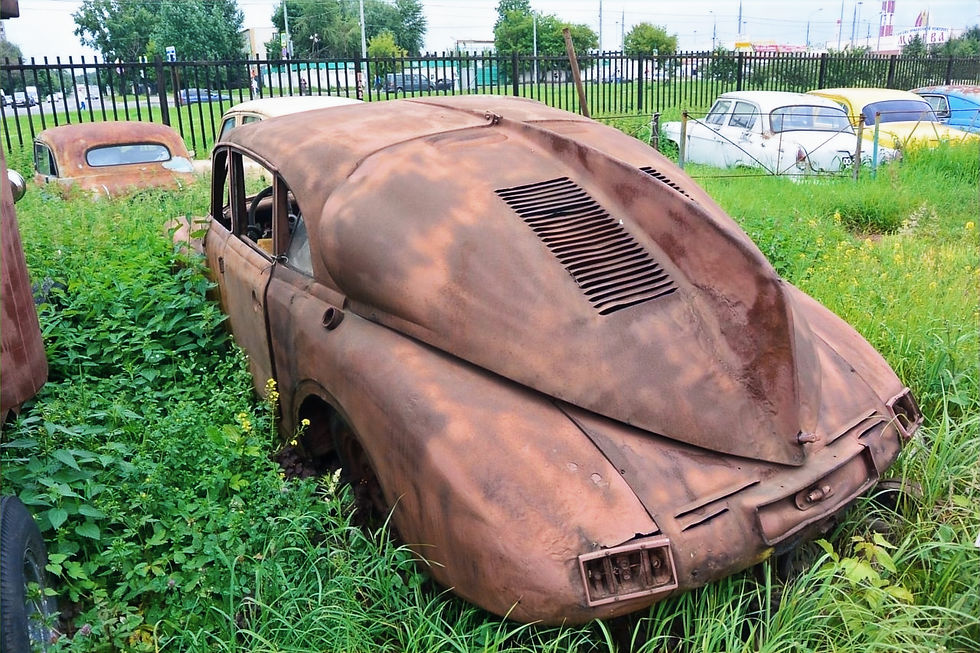

Its aerodynamic body was inspired by the work of Paul Jaray, a designer of dirigibles. The central monocoque chassis on which it rested was similar to those used by Renault Alpine decades later. Its three-litre, air-cooled V8 engine was made of a magnesium alloy, providing 85 hp and enabling it to reach 160 km/h thanks to its aerodynamic shape. More than 3000 units were produced until 1950, despite the interruption of World War II.
These Tatras must have impressed Hitler, because in Ledwinka's presence, he told Porsche that this was the car he wanted for German motorways. The first Volkswagen bore such a close resemblance to the Tatra T97, a smaller version with a 4-cylinder boxer engine, that Tatra sued Volkswagen. However, the lawsuit was halted when Germany invaded Czechoslovakia in 1938, and production of the T97 was cancelled — seemingly because it was too similar to the origins of Germany's 'people's car'. It was only after the war that Tatra managed to persuade Volkswagen to pay them compensation for plagiarism. Hitler's admiration for this model was shared by his military commanders in Czechoslovakia. Months after the invasion, when the Tatra was already known as the 'Nazi-killer', he prohibited them from using it. Apparently, the car was too fast and dangerous for inexperienced drivers on unfamiliar roads.
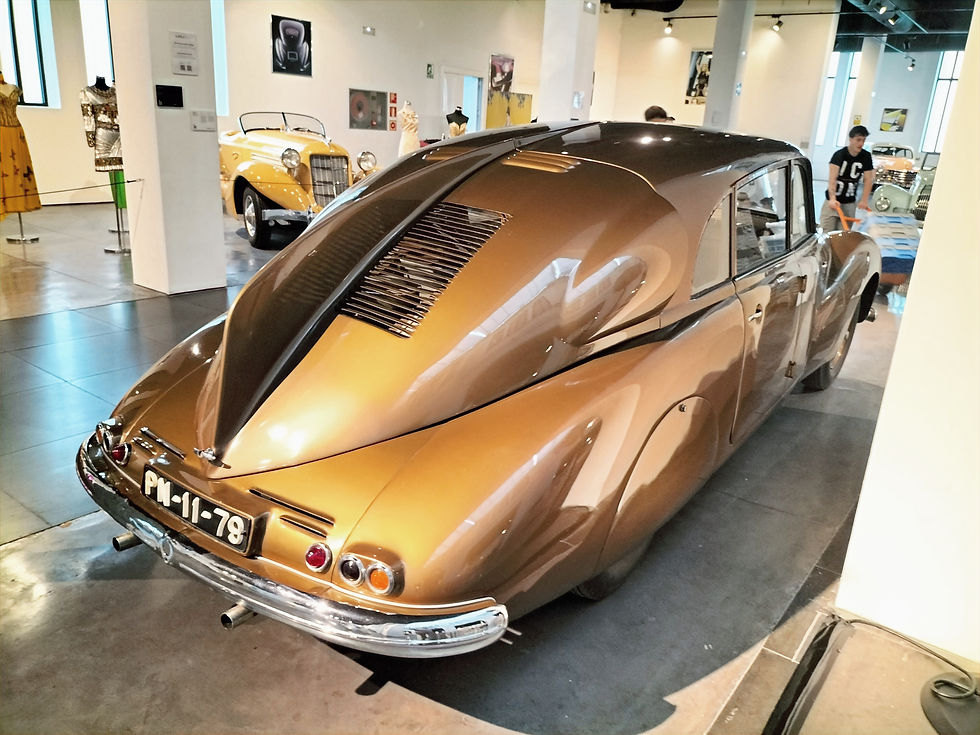
The rear-engine Tatras have always seemed strange to me. Seeing the specimen rusting outside the Lomakov Museum in Moscow in the photos sparked my curiosity about this original artefact. Unfortunately, the location and overgrown grass prevented me from taking close-up photos, and the grass was so tall that it covered the lower part of the car. Nevertheless, it was clear that this was no ordinary car.
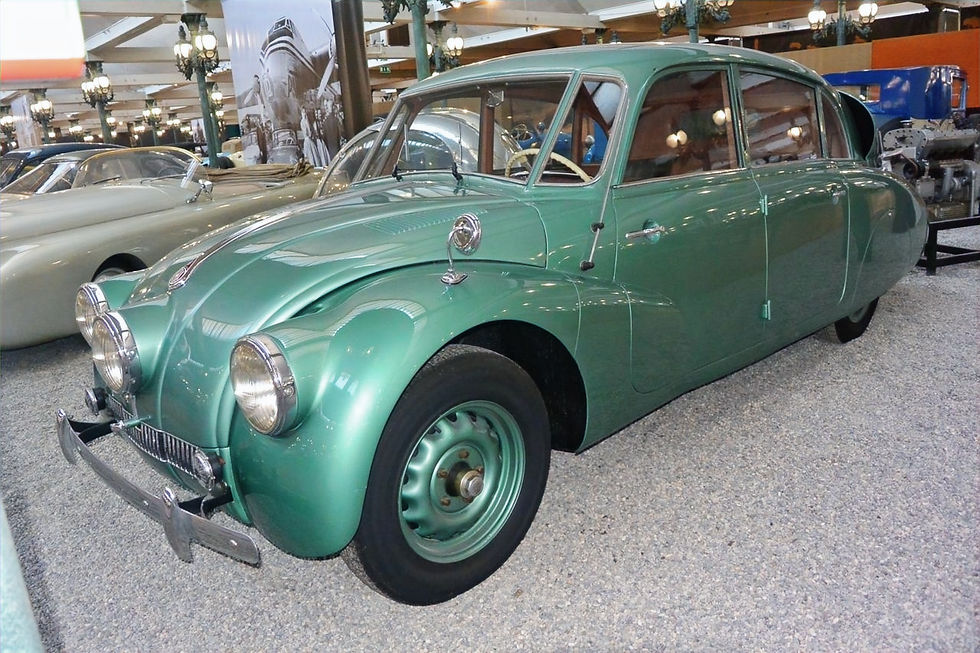
Seeing the Tatra from Lomakov reminded me that there was another one in the Schlumpf collection that had been very well restored. On the way home, I stopped in Alsace to see if this was true. No matter how many times you visit the Mulhouse museum, it never fails to impress. Fortunately, there was indeed a Tatra in the museum. It was in a corner, which meant that it could be photographed from the side as well, unlike the hundreds of other cars that were parked next to each other.
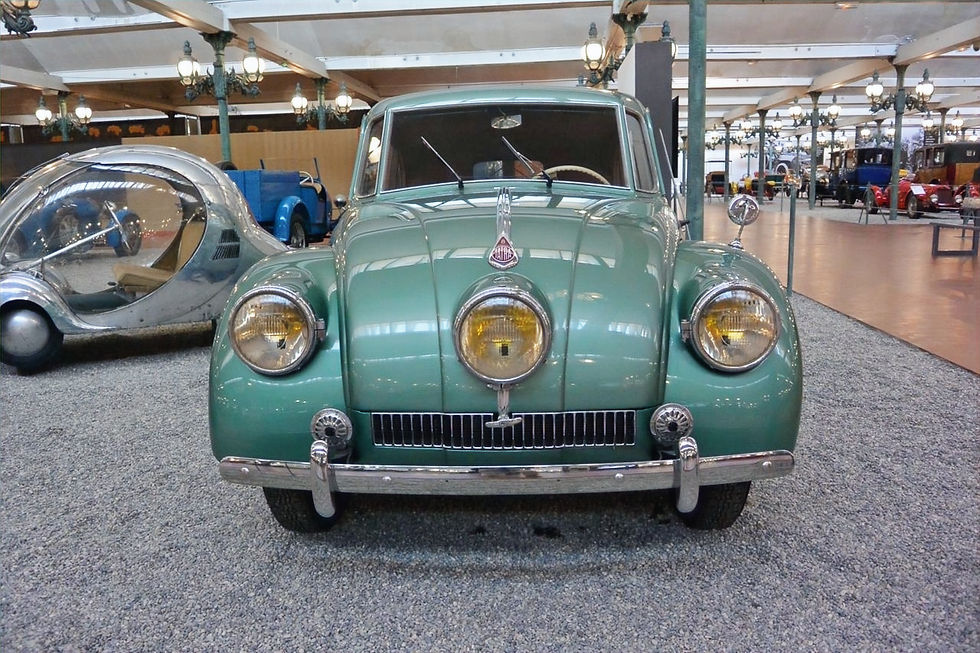
The photos also show the Arzens prototypes, unique specimens. Like Lomakov's, the Tatra was also a T87, shining metallic green and not lacking in detail. The beautiful art deco interior with enormous clocks and a steering wheel that looks crafted by a goldsmith is not very well appreciated in the pictures. The enormous space available for passengers is notable, which is hardly surprising in a car over 4.70 metres long. The bodywork is designed to offer minimal air resistance.
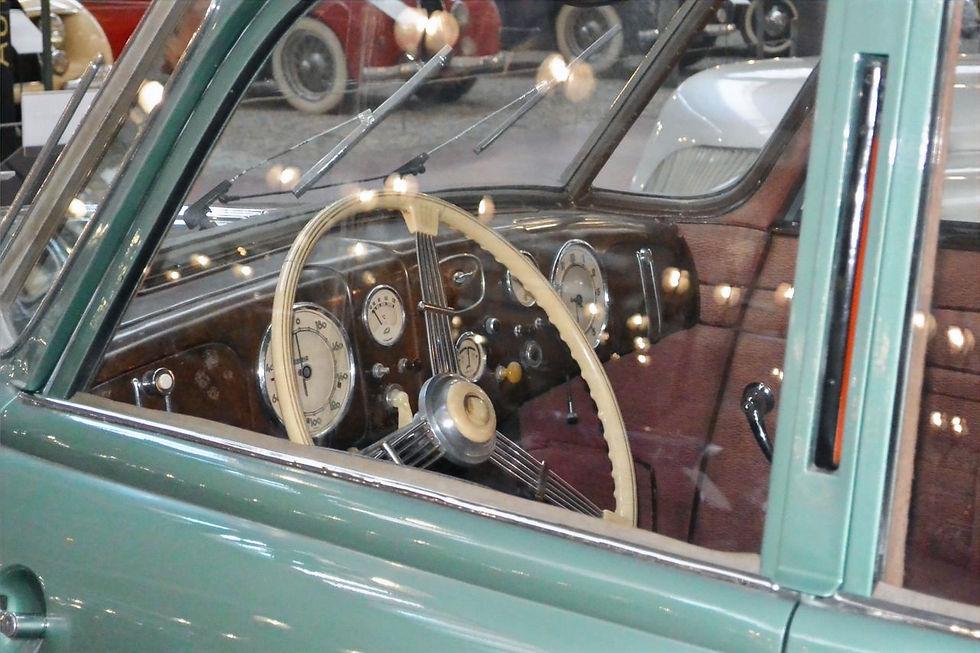
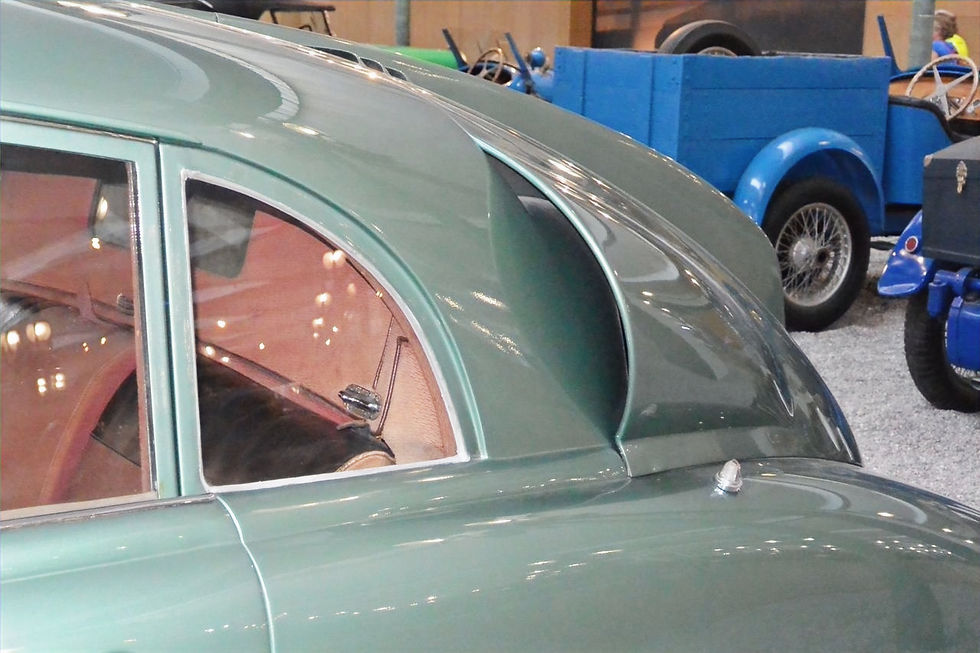
The T87, considered the second mass-produced car with an aerodynamic body after the T77, achieved a Cx of 0.36 in 1960s wind tunnels, matching the Citroën CX of 1974 which is named after this coefficient.
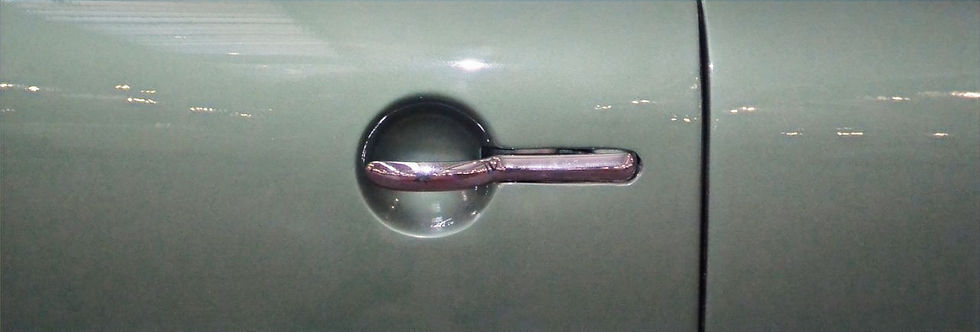
Like the Citroën, the Tatra has covered rear wheels, and the entire body is designed for aerodynamic efficiency, with features such as stamped steel wheels (uncommon at the time), integrated door handles, a three-part windscreen, and headlights integrated into the fenders. Most notably, it has a sloping rear end with large vents to facilitate ventilation of the engine compartment. It is undoubtedly an unforgettable car.
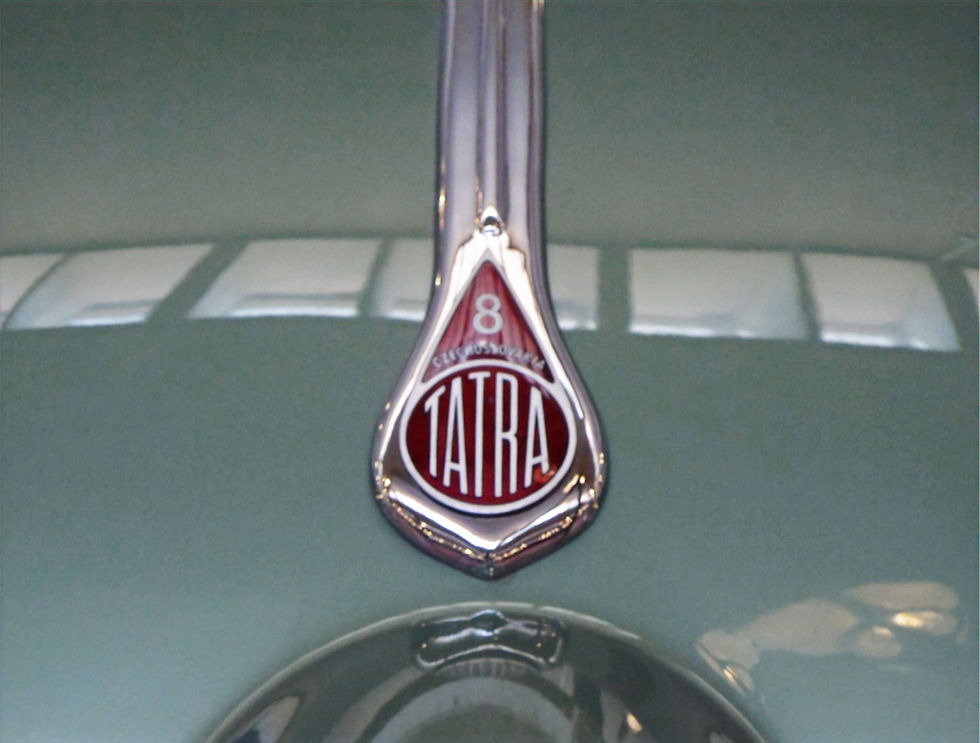




















Comentarios